选择热点
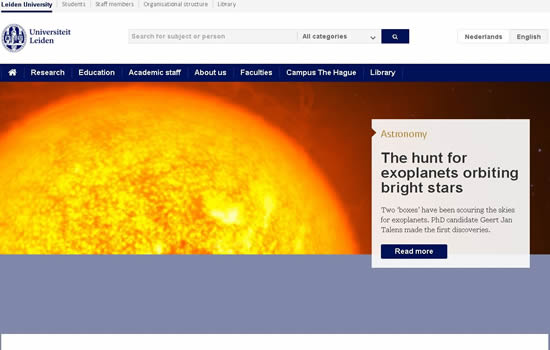 荷兰莱顿大学
荷兰莱顿大学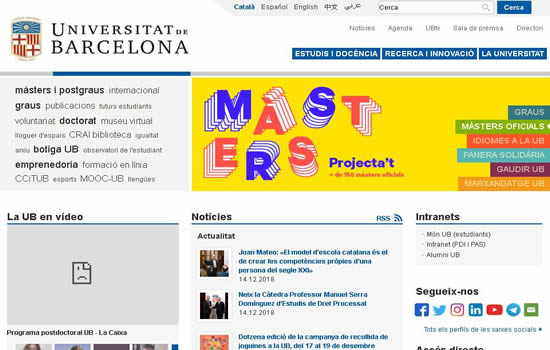 西班牙巴塞罗那大学
西班牙巴塞罗那大学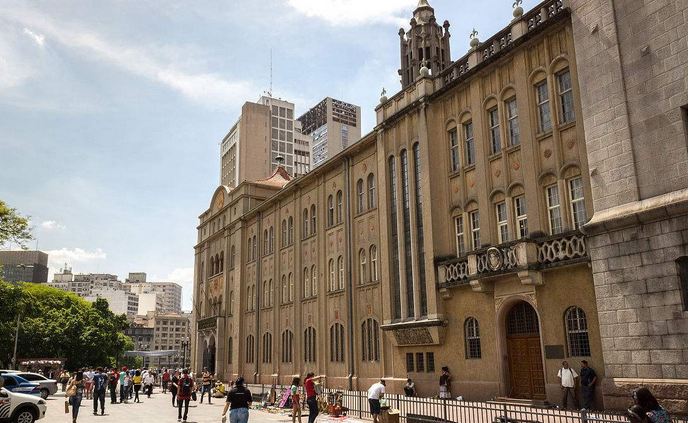 巴西圣保罗大学 University of Sao Paulo, Brazil
巴西圣保罗大学 University of Sao Paulo, Brazil 台湾南华大学 University of South China in Taiwan
台湾南华大学 University of South China in Taiwan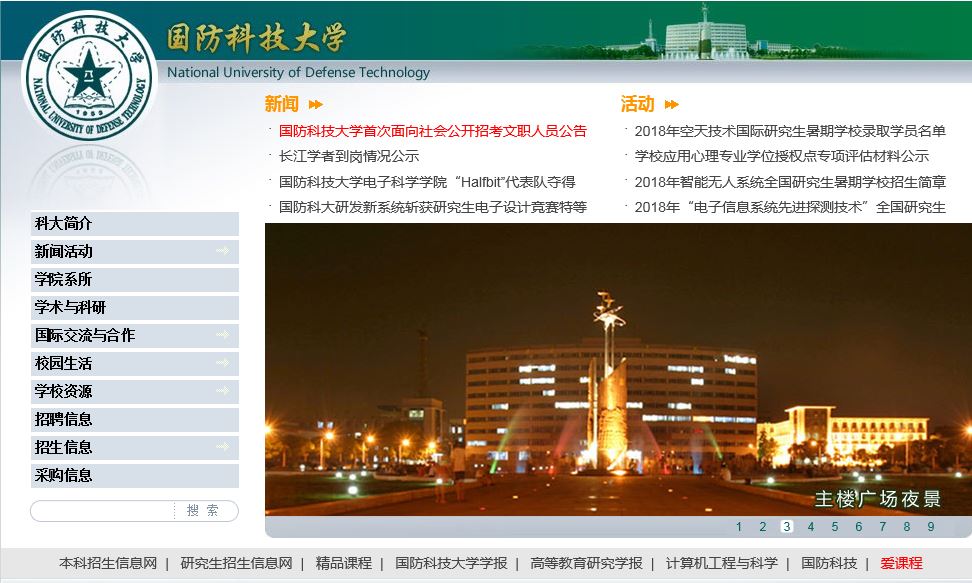 科技大学 National University of Defense Technology
科技大学 National University of Defense Technology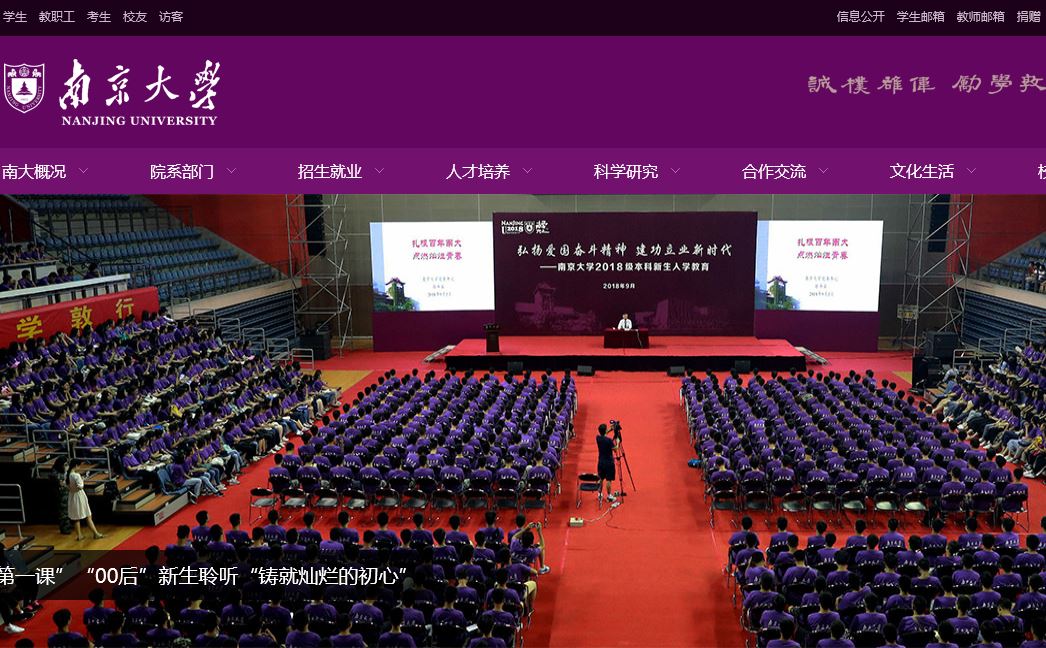 南京大学 Nanjing University
南京大学 Nanjing University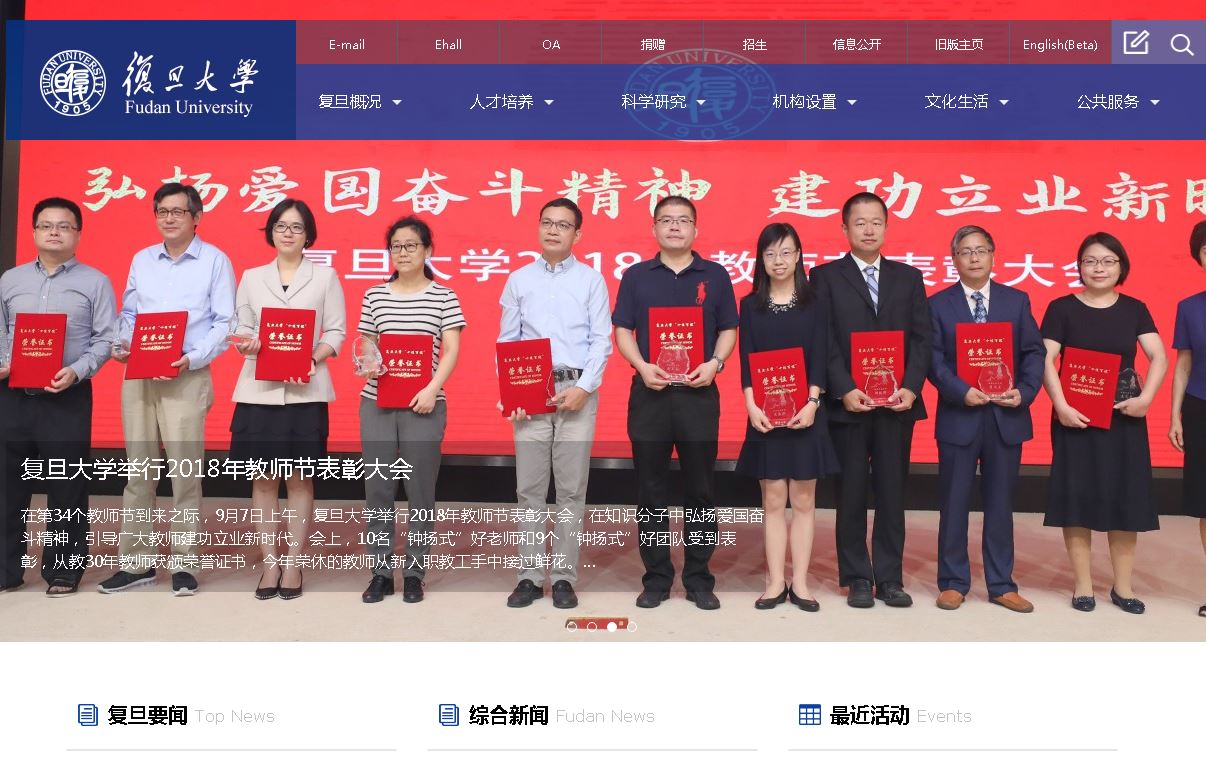 上海复旦大学 Fudan University
上海复旦大学 Fudan University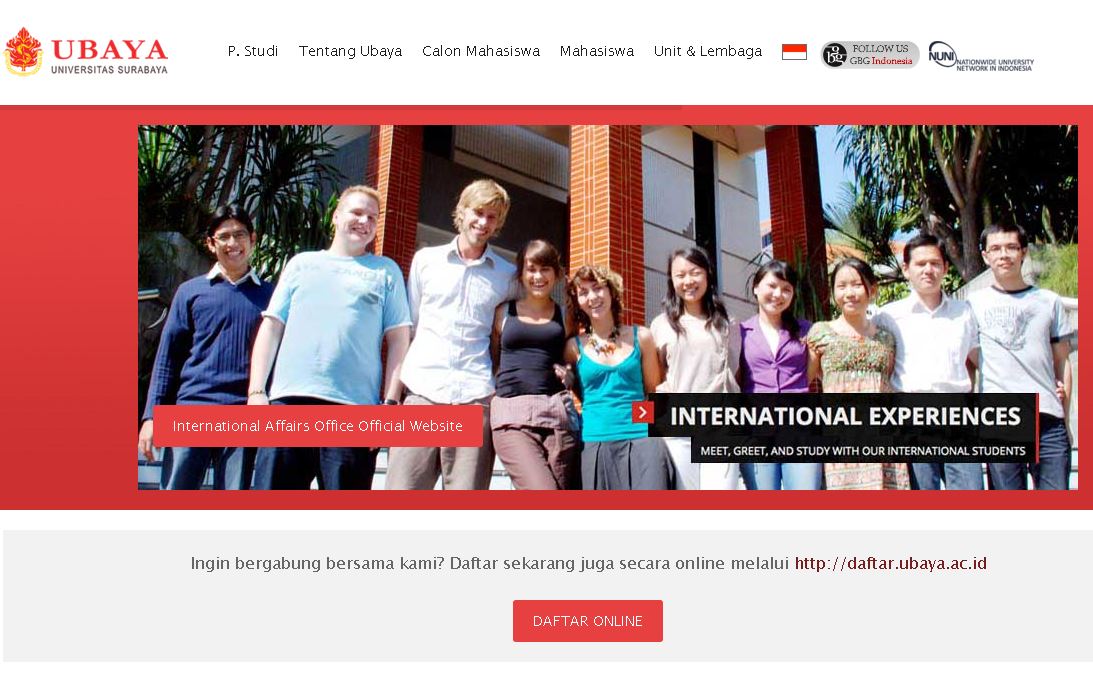 泗水大学(Ubaya)
泗水大学(Ubaya)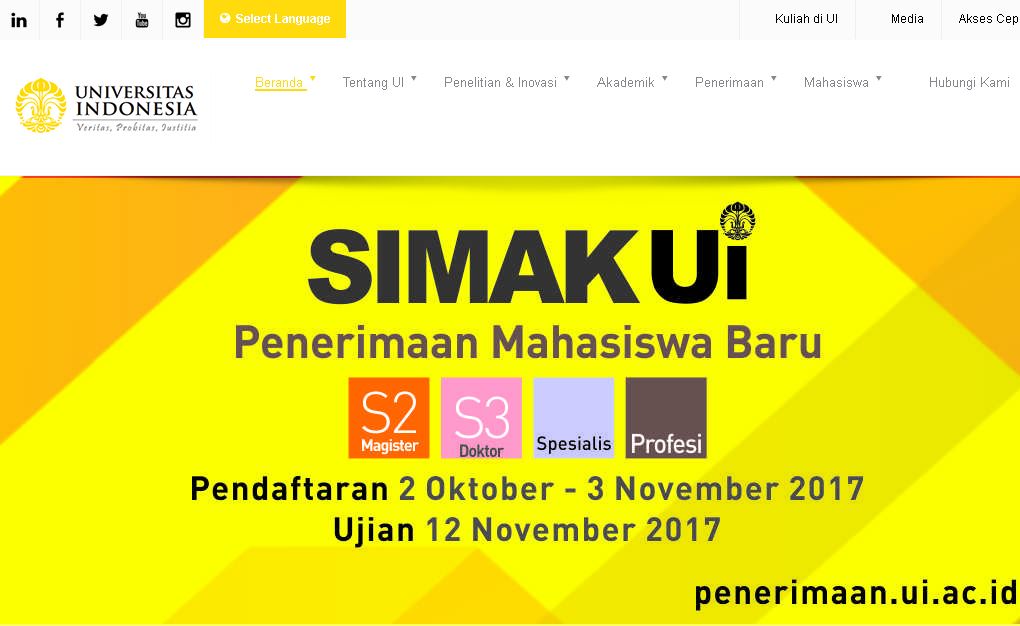 印尼大学 universitas indonesia
印尼大学 universitas indonesia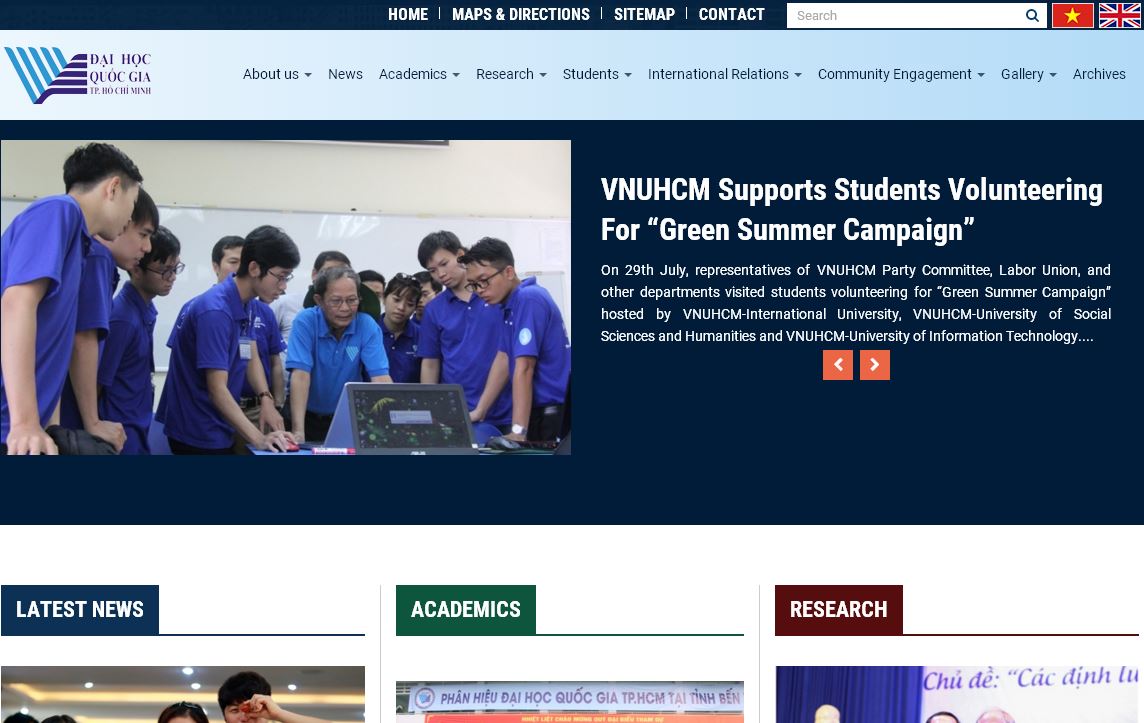 越南某大学 Vietnam National University
越南某大学 Vietnam National University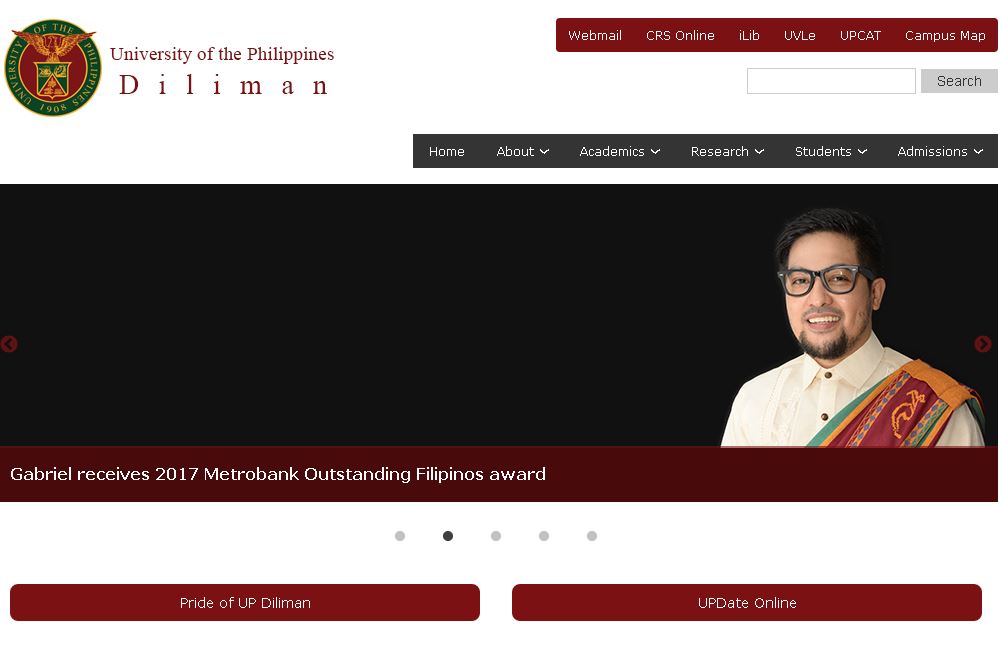 菲律宾大学 University Of The Philippines
菲律宾大学 University Of The Philippines
中国研究人员首次实现陶瓷4D打印
发布时间:2025-01-06
来源:大学网站
Chinese researchers have developed the world's first-ever 4D printing for ceramics that are mechanically robust and can have complex shapes, offering broad potential applications in telecommunications, electronics and even space exploration.
中国研究人员已经开发出世界上首项4D陶瓷打印技术,这项技术使陶瓷性能坚固且形状复杂,在电信、电子甚至太空探索领域中具有广泛的应用潜力。
Researchers at City University of Hong Kong reported in a study published last Friday in the journal Science Advances a novel "ceramic ink," a mixture of polymers and ceramic nanoparticles.
香港城市大学的研究人员在上周五发表在 科学进展 杂志上的一项研究中报道了一种新颖的陶瓷油墨”,这是一种聚合物和陶瓷纳米颗粒的混合物。
The 3D-printed ceramic precursors printed with this novel ink are soft and can be stretched three times beyond their initial length, according to the study.
该研究显示,用这种新型油墨打印的3D打印陶瓷前体很柔软,并且可以拉伸超过其初始长度的三倍。
These flexible and stretchable ceramic precursors allow complex shapes, such as origamifolding.
With proper heat treatment, ceramics with complex shapes can be made, making them the 4D ceramics.
这些柔韧且可拉伸的陶瓷前体可变换复杂的形状,例如折纸样式。
通过适当的热处理,可以制造出形状复杂的陶瓷,使其成为4D陶瓷。
4D printing is conventional 3D printing combined with the additional element of time as the fourth dimension, where the printed objects can re-shape or self-assemble themselves overtime with external stimuli, such as mechanical force, temperature, or a magnetic field.
4D打印是传统的3D打印与第四维度附加元素时间的结合体。
其中打印物体可以随着时间的推移,在外部刺激下(例如机械力,温度或磁场)重塑或自组。
The existing 3D-printed ceramic precursors, which are usually difficult to deform, also hinder the 4D printing of ceramics with complex shapes.
现有的3D打印陶瓷前体通常难以变形,也妨碍了具有复杂形状的陶瓷的4D打印。
The researchers led by Lv Jian, chair professor of mechanical engineering, made use of the elastic energy stored in the stretched precursors for shape morphing.
机械工程系主任吕坚带领研究人员利用储存在拉伸前体中的弹性能量来改变陶瓷的形状。
When the stretched ceramic precursors are released, they undergo self-reshaping and after heat treatment, the precursors turn into ceramics.
当拉伸的陶瓷前体被释放时,它们会经历自行重塑并且在热处理之后,前体会变成陶瓷。
The resultant elastomer-derived ceramics are mechanically robust.
They can have a high compressive strength-to-density ratio and can come in large sizes with high strength compared to other printed ceramics.
得到的弹性体衍生的陶瓷具有坚固的机械性能。
它们具有很高的耐压强度与密度比,并且与其他打印陶瓷相比可以具有很大的抗压尺寸。
With the versatile shape-morphing capability of the printed ceramic precursors, its application can be huge, said Lv.
吕坚表示,4D打印陶瓷前体的多形状变形能力使得其应用范围将非常广泛。
【中国研究人员首次实现陶瓷4D打印查看网站:[db:时间]】
中国研究人员已经开发出世界上首项4D陶瓷打印技术,这项技术使陶瓷性能坚固且形状复杂,在电信、电子甚至太空探索领域中具有广泛的应用潜力。
Researchers at City University of Hong Kong reported in a study published last Friday in the journal Science Advances a novel "ceramic ink," a mixture of polymers and ceramic nanoparticles.
香港城市大学的研究人员在上周五发表在 科学进展 杂志上的一项研究中报道了一种新颖的陶瓷油墨”,这是一种聚合物和陶瓷纳米颗粒的混合物。
The 3D-printed ceramic precursors printed with this novel ink are soft and can be stretched three times beyond their initial length, according to the study.
该研究显示,用这种新型油墨打印的3D打印陶瓷前体很柔软,并且可以拉伸超过其初始长度的三倍。
These flexible and stretchable ceramic precursors allow complex shapes, such as origamifolding.
With proper heat treatment, ceramics with complex shapes can be made, making them the 4D ceramics.
这些柔韧且可拉伸的陶瓷前体可变换复杂的形状,例如折纸样式。
通过适当的热处理,可以制造出形状复杂的陶瓷,使其成为4D陶瓷。
4D printing is conventional 3D printing combined with the additional element of time as the fourth dimension, where the printed objects can re-shape or self-assemble themselves overtime with external stimuli, such as mechanical force, temperature, or a magnetic field.
4D打印是传统的3D打印与第四维度附加元素时间的结合体。
其中打印物体可以随着时间的推移,在外部刺激下(例如机械力,温度或磁场)重塑或自组。
The existing 3D-printed ceramic precursors, which are usually difficult to deform, also hinder the 4D printing of ceramics with complex shapes.
现有的3D打印陶瓷前体通常难以变形,也妨碍了具有复杂形状的陶瓷的4D打印。
The researchers led by Lv Jian, chair professor of mechanical engineering, made use of the elastic energy stored in the stretched precursors for shape morphing.
机械工程系主任吕坚带领研究人员利用储存在拉伸前体中的弹性能量来改变陶瓷的形状。
When the stretched ceramic precursors are released, they undergo self-reshaping and after heat treatment, the precursors turn into ceramics.
当拉伸的陶瓷前体被释放时,它们会经历自行重塑并且在热处理之后,前体会变成陶瓷。
The resultant elastomer-derived ceramics are mechanically robust.
They can have a high compressive strength-to-density ratio and can come in large sizes with high strength compared to other printed ceramics.
得到的弹性体衍生的陶瓷具有坚固的机械性能。
它们具有很高的耐压强度与密度比,并且与其他打印陶瓷相比可以具有很大的抗压尺寸。
With the versatile shape-morphing capability of the printed ceramic precursors, its application can be huge, said Lv.
吕坚表示,4D打印陶瓷前体的多形状变形能力使得其应用范围将非常广泛。
【中国研究人员首次实现陶瓷4D打印查看网站:[db:时间]】
- 上一篇: 北京10家房屋中介承诺不涨房租
- 下一篇: 大数据揭秘我国城镇居民的夜生活
相关阅读
目录列表
资讯列表
英语资讯


共0条评论
网友评论温馨提示:您的评论需要经过审核才能显示,请文明发言!